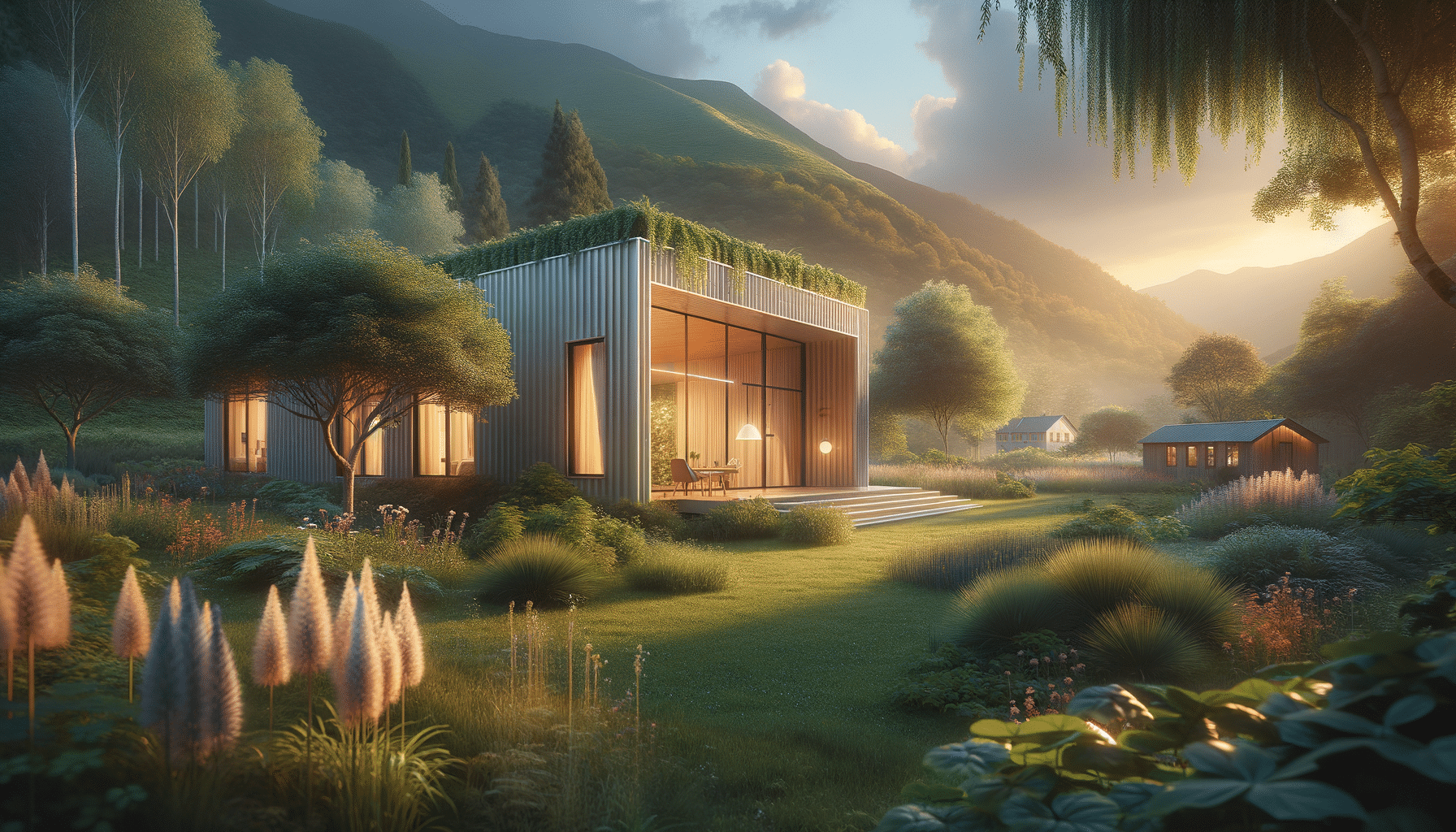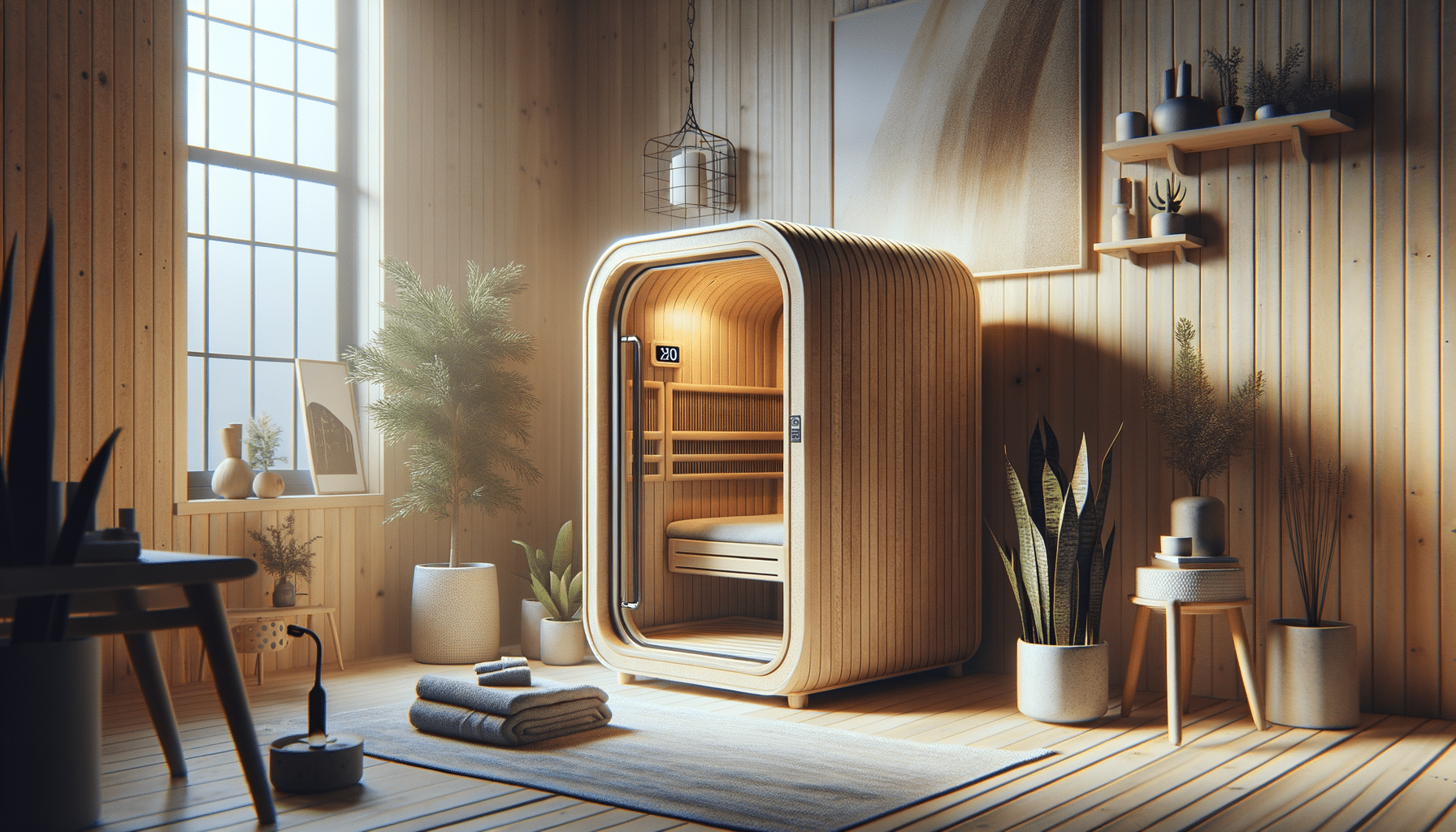
Learn More About Prefabricated Houses
Introduction to Prefabricated Houses
Prefabricated houses, often referred to as prefab homes, have revolutionized the way we think about construction and housing. These homes are constructed off-site in a factory setting and then transported to the desired location, where they are assembled. This method offers numerous advantages over traditional construction, including cost-effectiveness, speed, and environmental benefits. As housing demands increase and sustainability becomes a focal point, prefabricated houses are emerging as a viable solution to modern housing challenges.
Types of Prefabricated Houses
Prefabricated houses come in various forms, each catering to different needs and preferences. The most common types include modular homes, panelized homes, and manufactured homes. Modular homes are built in sections or modules in a factory, then transported and assembled on-site. They offer flexibility in design and can be customized to suit individual tastes.
Panelized homes, on the other hand, are constructed using pre-made panels. These panels are assembled on-site, providing a balance between factory precision and on-site customization. Manufactured homes, sometimes known as mobile homes, are completely built in a factory and transported to the site. They are often more affordable and offer a quick solution for housing needs.
Each type of prefabricated home has its unique set of advantages, from cost savings to reduced construction time. Choosing the right type depends on factors such as budget, timeline, and desired level of customization.
Benefits of Prefabricated Houses
One of the primary benefits of prefabricated houses is their cost-effectiveness. By constructing homes in a controlled factory environment, manufacturers can reduce waste and minimize delays due to weather conditions, leading to lower overall costs. Additionally, the speed of construction is significantly faster than traditional methods, allowing homeowners to move into their new homes sooner.
Environmental considerations are also a major advantage. Prefabricated homes are often built with sustainable materials and practices, reducing the carbon footprint associated with traditional construction. This aligns with the growing demand for eco-friendly housing solutions.
Lastly, the quality of prefabricated homes is often superior due to the precision and consistency offered by factory construction. This ensures that each component meets high standards, resulting in a durable and reliable structure.
Challenges and Considerations
While prefabricated houses offer numerous benefits, there are also challenges to consider. One potential issue is the perception of prefab homes as being of lower quality or less desirable than traditionally built homes. However, this perception is changing as more people recognize the advantages of prefabricated construction.
Another consideration is the limitation in design and customization. Although modular and panelized homes offer some flexibility, they may not provide the same level of customization as custom-built homes. Additionally, transporting large modules or panels can be logistically challenging, especially in remote areas.
Lastly, zoning laws and building codes can vary significantly by region, potentially complicating the process of installing a prefabricated home. It’s essential for potential homeowners to research local regulations and ensure compliance before proceeding with a prefab home purchase.
Future of Prefabricated Housing
The future of prefabricated housing looks promising as technology advances and societal needs evolve. Innovations in materials and construction techniques are making prefab homes more attractive, efficient, and sustainable. As urbanization continues and housing shortages become more prevalent, prefabricated houses offer a scalable solution to meet demand.
Moreover, the integration of smart home technology into prefab designs is becoming increasingly common, offering homeowners modern conveniences and energy efficiency. As awareness and acceptance grow, prefabricated houses are likely to become a mainstream option in the housing market.
In conclusion, prefabricated houses represent a significant shift in the way we approach home construction. Their benefits in terms of cost, speed, and environmental impact make them a compelling choice for future housing needs.


